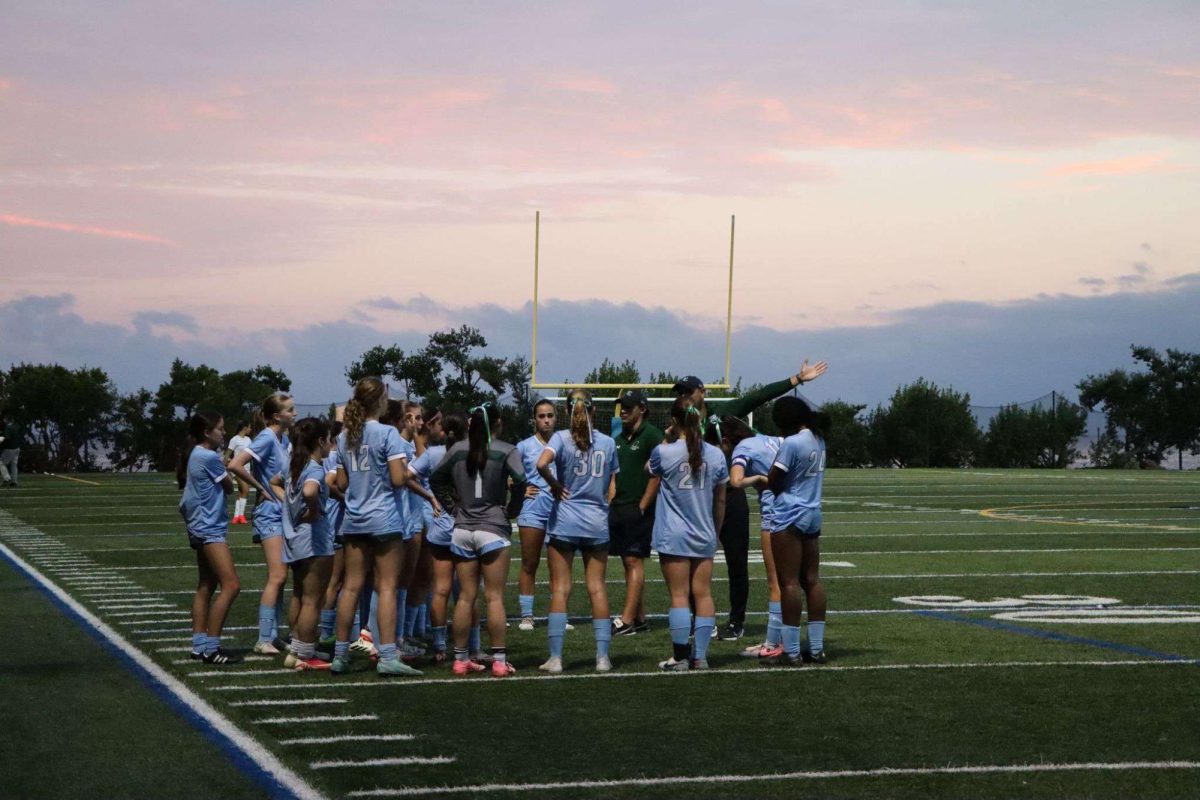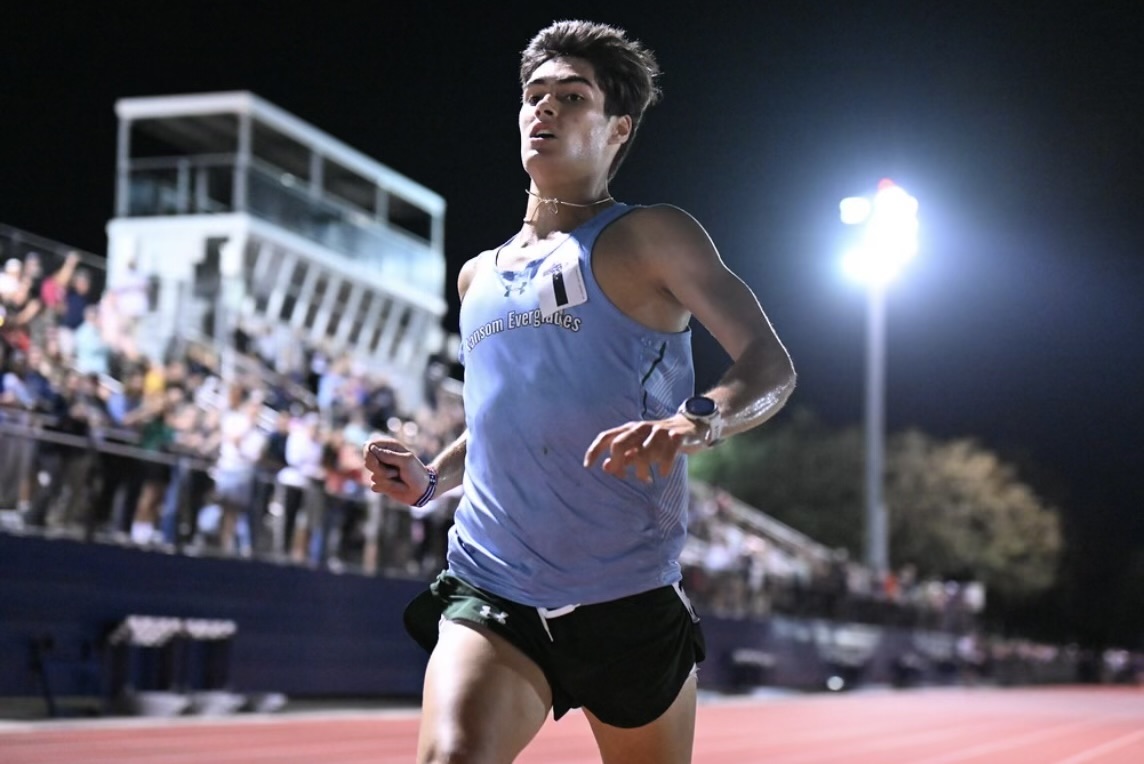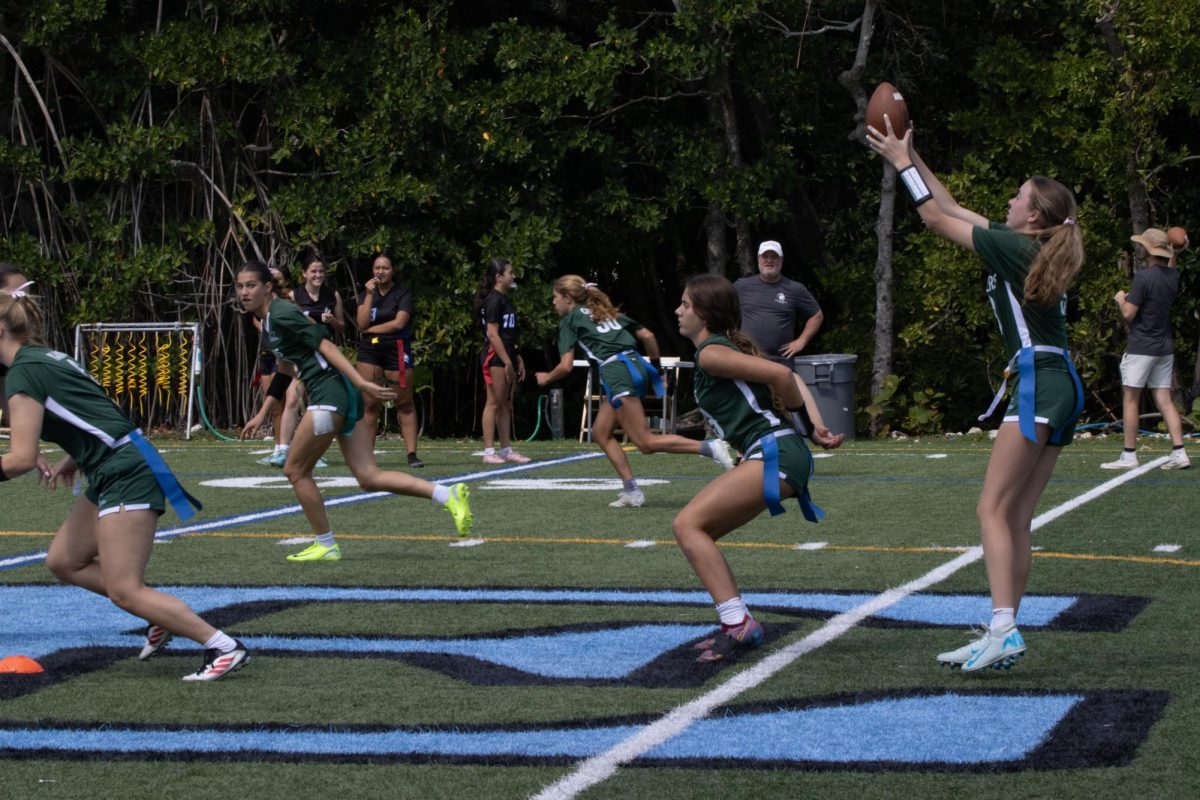Once upon a time, college coaches couldn’t even buy their players dinner without facing sanctions from the NCAA. Now, just a few years later, athletes are making millions of dollars through endorsements, and the landscape of college sports has transformed into something almost unrecognizable.
For decades, NCAA rules strictly prohibited college athletes from receiving any form of compensation beyond their scholarships. The idea was to preserve the “amateur” nature of college sports, ensuring that players competed for the love of the game rather than financial incentives. Meanwhile, universities, coaches, and the NCAA itself made billions of dollars from TV deals, ticket sales, and merchandise—all off the labor of unpaid athletes.
“The athletes were the ones who were providing the entertainment, and yet they were not benefiting,” explained Miami Herald sports columnist Michelle Kaufman.
The system remained this way for decades, even as college sports became a multi-billion-dollar industry. The unfairness of the system became impossible to ignore. Schools could sell jerseys with players’ names on them, EA Sports could put their likeness in video games, and fans could pay hundreds of dollars to watch them play while the players didn’t make a penny.
After years of legal battles and growing pressure, the NCAA introduced Name, Image, and Likeness (NIL) rights in 2021, allowing athletes to finally make money off their personal brand. This meant players could now sign endorsement deals, social media sponsorships, and even get paid for autograph signings.
But instead of just being about endorsements, NIL quickly “became a bidding war, free for all with no rules, with no guardrails whatsoever, and it’s just the highest bidder gets the athlete,” as Kaufman described.
Athletes are now chasing the biggest NIL deal they can get—even if it means transferring schools every single year. With no regulations, salary caps, or long-term contracts, NIL has completely reshaped college sports. It has essentially become a semi-professional free agency market where players follow the money rather than loyalty to a team, a coach, or a community.
A prime example of this is Bryce Underwood, a five-star quarterback and the No. 1 recruit in the class of 2025. Originally committed to Louisiana State University, Underwood flipped to Michigan after receiving a $10 million NIL deal, according to the Sports Business Journal. This number surpasses what many professional athletes make in their respective leagues.
Adding to the chaos is the transfer portal, which has eliminated nearly all barriers to switching schools. Previously, transferring meant sitting out a season, forcing athletes to make careful decisions about their futures. Now, players can leave whenever they see a better financial opportunity.
This new idea makes loyalty to any single school almost nonexistent. Kaufman illustrated this issue perfectly: “If they can get more somewhere else, they very happily will put away that jersey they just wore, and they’ll go put on a different jersey.”
With NIL driving constant player movement, fans are struggling to stay connected to the teams they once loved. College sports used to be about watching athletes grow over four years, building team chemistry, and representing their school with pride. Now, rosters flip so often that fans barely have time to learn players’ names before they’re gone.
“It used to be that there was a four-year period where you would learn who they were. It’s hard to follow a player through their journey and learn their names if every year they’re rotating to whichever team pays them the most,” said Alex Havenick, a NIL donor for the University of Miami men’s basketball team.
A notable example is the University of Miami men’s basketball team. Just two years ago, Miami made its first-ever Final Four appearance, an achievement that should have solidified the team as a national contender. But instead of returning the next season to build on that success, 10 out of 12 players left for bigger NIL deals elsewhere.
This mass exodus didn’t just devastate the fans; it also shocked head coach Jim Larrañaga. After years of carefully building a winning team, he walked into his first team meeting after the Final Four only to be told that nearly his entire roster was leaving. That moment encapsulated the new reality of college sports. Success on the court no longer guarantees roster stability.
Larrañaga isn’t the only coach who stepped down due to the effects of NIL deals. North Carolina’s Roy Williams, Duke’s Mike Krzyzewski, Syracuse’s Jim Boeheim, and Virginia’s Tony Bennett—some of the most respected coaches in history—have all left the game in recent years.
It’s a losing battle. If coaches can’t even count on their players sticking around, how are they supposed to create a winning culture? And if the coaches who built college sports into what they are today are walking away, what does that say about the future of the game?
Not only are legendary coaches stepping away, but disparities within locker rooms are growing as well. Only a handful of high-profile players land massive contracts, while the rest receive small deals or nothing at all.
Take football and basketball, the two biggest revenue-generating college sports. According to NBC, while the average NIL deal in these sports is $38,000, the median amount, the number that represents what most athletes actually make, is only $1,328. This huge gap highlights how a few superstar players skew the perception that NIL is making every athlete rich.
The lack of structure in NIL deals has led to a new kind of hierarchy within teams—one based not on skill or leadership, but on marketability. Athletes who go viral on social media or play high-exposure positions like quarterback or shooting guard are seeing huge paydays, while linemen, role players, and athletes in less popular sports are largely ignored.
And this isn’t just happening within teams—it’s happening between sports, too. While NIL was meant to provide equal opportunities for all college athletes, female athletes have been left behind.
The gender gap in NIL earnings mirrors the long-standing pay disparity in professional sports. Since men’s sports attract more viewership and corporate sponsorships, male athletes earn significantly more from NIL deals.
“Men’s sports get more viewership, so they get paid more. It’s just the way the system works,” said RE student Grant Martorella ’26, who has closely followed NIL’s impact.
Title IX is meant to ensure gender equity in college athletics, but since NIL earnings depend on market demand, female athletes struggle to secure comparable deals. While male athletes often land NIL deals based on performance, female athletes must rely on social media popularity, meaning a star quarterback can earn millions for on-field success, while a top female athlete may need to become an influencer to earn a fraction of that.
NIL was supposed to provide financial opportunities for all college athletes. Instead, it has reinforced existing inequalities, with male athletes, high-revenue sports, and major programs controlling most of the money. Without meaningful intervention from the NCAA and its stakeholders, college sports risk losing the very identity that made them special. The days of watching a player grow over four years, develop under a great coach, and leave a lasting impact on their school may soon be gone forever.






